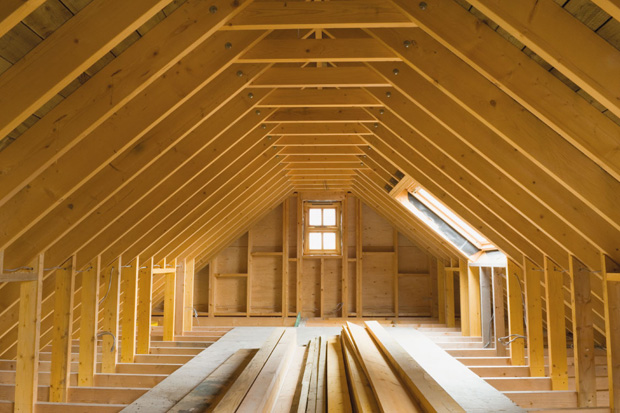Essential Insulation Tips For Your Home

Essential Insulation Tips For Your Home
Proper insulation is crucial for maintaining a comfortable and energy-efficient home. It helps keep the interior temperature consistent, reduces energy consumption (which we’re all thinking about at the moment), and lowers utility costs. Implementing these tips will not only enhance your comfort but also contribute to environmental sustainability.
- Assess Your Current Insulation:
Before making any changes, start by assessing the current insulation in your home. Identify areas where insulation may be lacking, and consider a comparison of two insulation types to determine which might be most effective. Common areas for insulation include the attic, walls, floors, and crawl spaces. Understanding your home’s existing insulation levels will help you determine where improvements are needed.
- Update Your Windows:
Windows are a significant source of heat loss and gain in a home. Upgrading your windows can improve insulation and energy efficiency. Consider the following options:
- Double or Triple Glazing: Double or triple glazing windows involve multiple layers of glass with insulating gas-filled spaces between them. This design significantly reduces heat transfer, improves insulation, and helps maintain a comfortable indoor temperature.
- Window Frames: Choose window frames made from energy-efficient materials such as vinyl, fibreglass, or wood with thermal breaks. These frames provide better insulation compared to aluminium frames, which conduct heat and cold.
- New Roof Windows: Anyone who’s stayed in a property with faulty roof windows knows how much damage they can cause. You don’t want to take any chances, but you want them to look and feel right for you too. Whether you’re looking for a flat roof window or a skylight, you can find a fantastic range of roof windows at Roof Window Outlet. Their expert team can give you the support you need to feel comfortable with your choice.

- Insulate the Attic:
Insulating the attic is one of the most effective ways to improve energy efficiency in your home. Heat tends to rise, and without proper insulation, it can escape through the roof. Consider the following options for insulating your attic:
- Blanket Insulation: Blanket insulation, also known as batt or roll insulation, comes in pre-cut panels, and is made from materials like fiberglass or mineral wool. It is relatively easy to install and provides good coverage.
- Blown-In Insulation: Blown-in insulation, such as cellulose or fibreglass, is ideal for attics with irregular shapes or hard-to-reach areas. It is blown in using special equipment, filling all gaps and voids to create a seamless layer of insulation.
- Insulate Exterior Walls:
Insulating exterior walls helps create a thermal barrier, reducing heat transfer and improving energy efficiency, which is so important in the face of the recent heat waves. There are several insulation options for exterior walls:
- Cavity Wall Insulation: Cavity wall insulation involves injecting insulation material into the gap between the inner and outer layers of external walls. This helps prevent heat loss and can significantly improve energy efficiency.
- External Wall Insulation: External wall insulation involves adding insulation to the outer surface of the walls, followed by a weather-resistant finish. This method provides excellent insulation but may require professional installation.
- Internal Wall Insulation: Internal wall insulation involves adding insulation to the interior walls, typically in the form of insulation boards or stud wall constructions. This method can be more disruptive and may require redecorating but can effectively improve insulation.
So Remember
By updating your windows, insulating the attic, sealing air leaks, insulating exterior walls, and insulating floors and crawl spaces, you can significantly improve insulation levels and reduce energy consumption. Prioritise areas where heat loss or gain is most significant to maximise the benefits of insulation. A well-insulated home enhances comfort and contributes to environmental sustainability and lowers utility costs.
| Guest Article.




